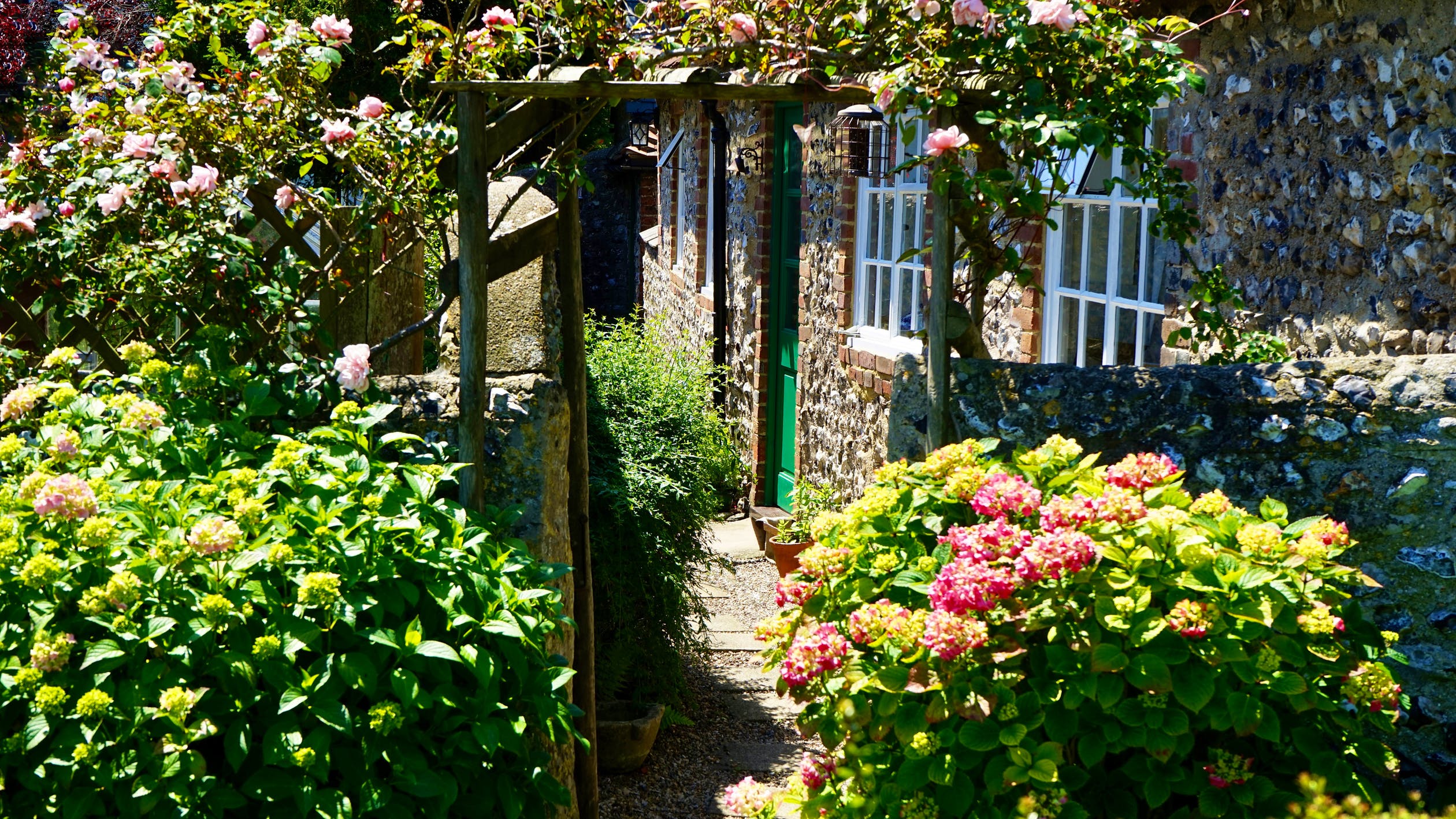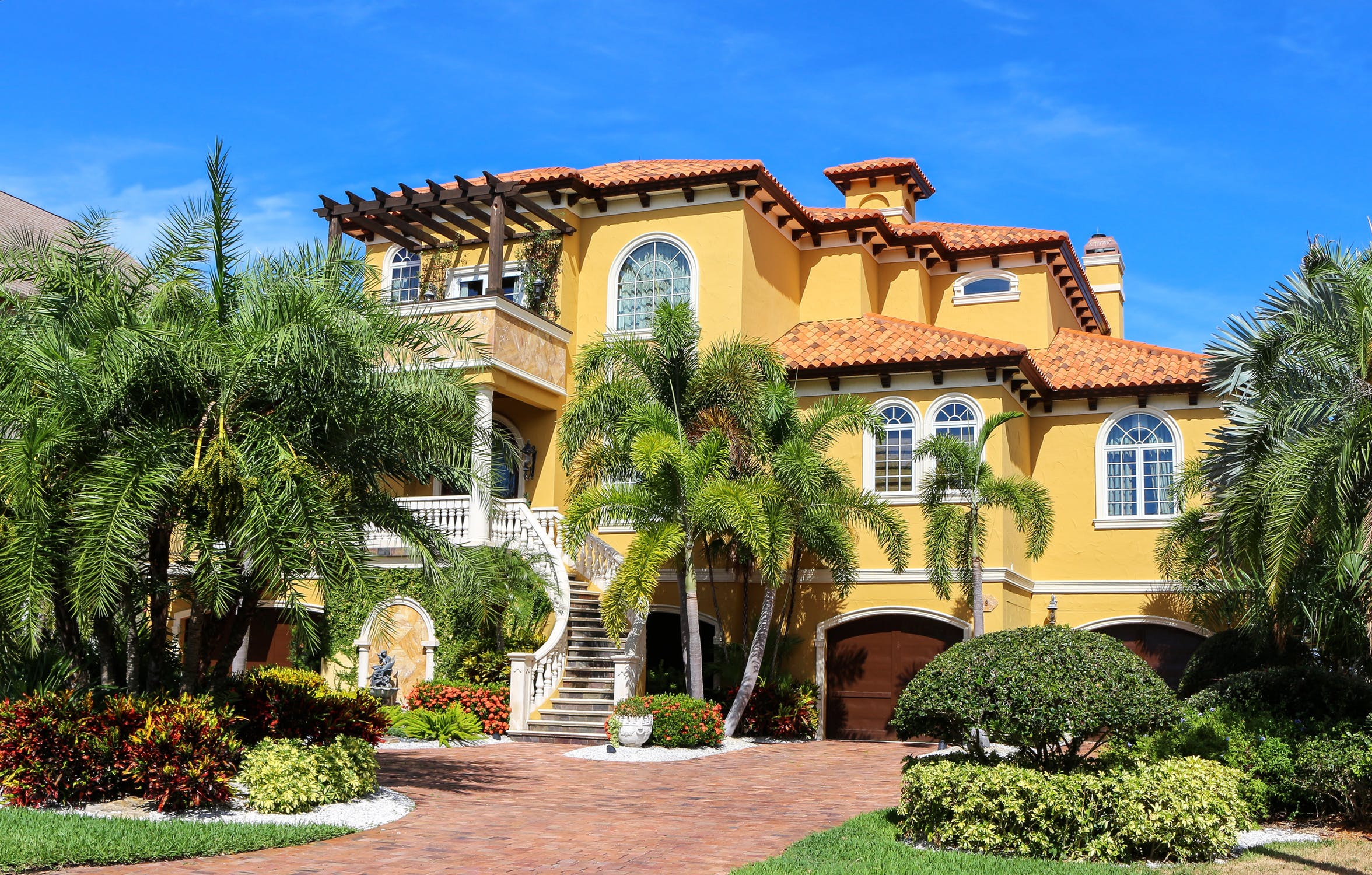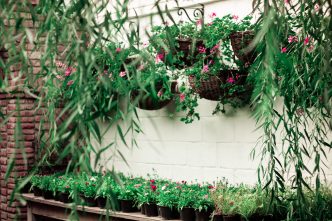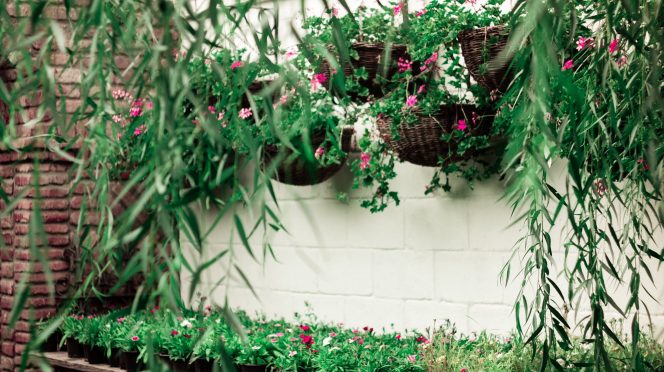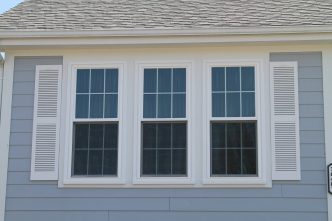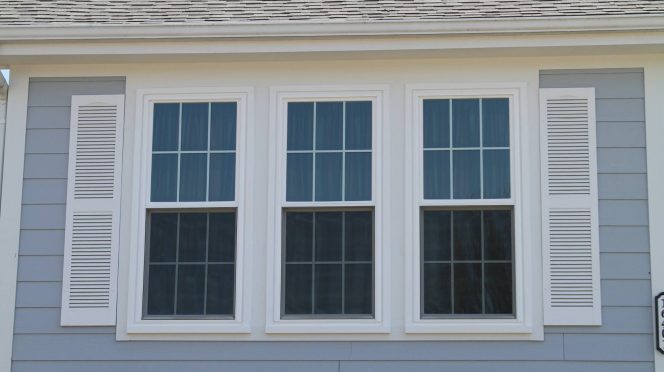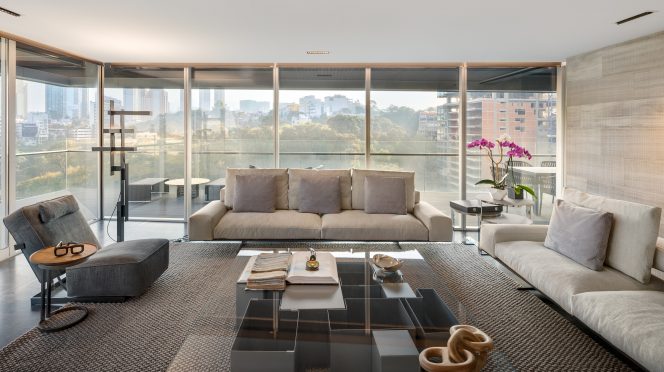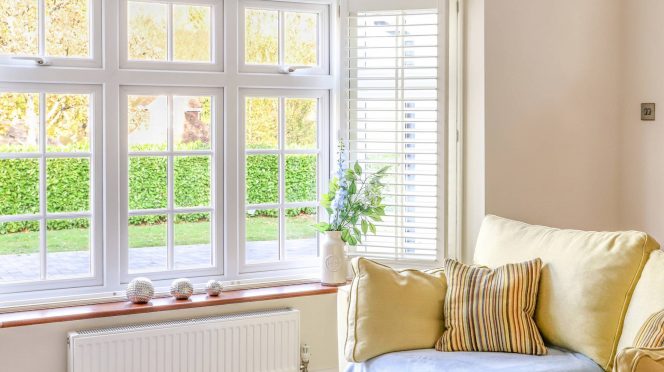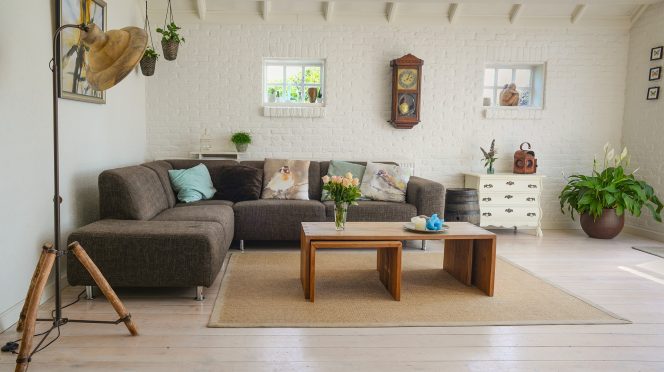
The small things you do daily can create a big impact tomorrow. The same is true with helping the Earth to recover from the damage it suffered. Every sustainable step you make, whether it is small or big, can make a great difference as nature revives itself. Learn more about how you can practice sustainability while beautifying your outdoor space.
There are a thousand set-ups you can do to turn your outdoor space into a beautiful flower garden where you can spend your time sipping your morning coffee or having long conversations until dinner. You can lay out your landscape with an easy-to-use design software like Vizterra landscape software to visualize the great ideas you have in mind. You could add outdoor lighting, furniture, planters, fountains and other decor to spice up your planned outdoor area.
While you plan what your design will look like or the materials you need, you should not forget to consider incorporating sustainability too. Although planting is in itself sustainable, the materials and labor practices you choose may not be. Plan your landscape by making it not just a reward for yourself but also to give back to the environment. Here are several things you can contribute to a greener, healthier home and community.
First is to plan out the optimal placement of trees to maximize daylight and ventilation, thereby reducing electric consumption. Trees aren’t just supposed to provide temporary shade or a cool breeze. Smart tree placement can make use of natural lighting in lieu of electric lighting during daytime, allow air to come around the house to minimize the use of the air conditioner, and maximize sunlight to absorb renewable energy as a clean alternative to an electric power source.
Next, choose native or water-efficient plants. Indigenous plants have already adapted to the climate and soil type in your area which makes them easier to grow. Similarly, water-efficient plants can save you from staggering water bills, a daily need for watering or an expensive irrigation system. For sure, there is a great selection of these plants that can flourish in your yard and still make an aesthetically pleasing garden.
Also, you can opt to apply the art of minimalism when gardening. Instead of a hundred flowers that will thrive in your outdoor space, you may select a small number of certain plant types, use pebbles around each plant for decoration, minimize watering and achieve a zen style garden. This simple yet elegant style is common to Asian garden spaces like those you see in Japanese homes.
A beautiful landscape garden is a perfect match for a stunning pool. One of the most sustainable and quick-to-install pool materials is fiberglass, which is made of a fiberglass shell without replacing or resurfacing. Learn more here.
You can also make your pool more sustainable by switching away from chlorine. Use natural water cleaners, such as salt electrolysis, active oxygen, ozone, or ultraviolet treatments. High-tech, water-treated pools also have a lower environmental impact. In addition, using a pool cover, cleaning filters regularly, and replacing your pool pump with a more energy-efficient model can help make your outdoor pool more sustainable.
Do not forget to capture your best free water source, rainwater. You may initially have to shell out to create an effective rainwater harvest system but the rewards are way better than the cost you are going to incur. Harvesting rainwater does not just result in savings on utilities but it also avoids wastage by using tap water as the main source of water for your garden. On top of that, you can also use the collected water to supply your household needs.
When choosing a sustainable water tank, steel is better than plastic. Steel water tanks are extremely durable. These tanks can protect the water from pests and withstand harsh weather conditions. Moreover, steel doesn’t degrade with ultraviolet ray exposure, unlike plastic. Steel water tanks provide your garden with clean rainwater while helping you save on water bills.
If you have big rocks just laying on the ground, you can always incorporate them in your decorative materials. They are not only free but they also serve as the perfect material for creating pathways, a staircase for a water fountain or the edges of a fish pond. Also, different types of rocks like lava rocks, terracotta, beach pebbles or river rocks offer a design element that can make your garden more visually attractive.
Permeable pavers are sustainable, made from concrete or fired clay brick with crushed aggregate-filled joints in between. Stormwater can flow through the gaps between the spaced, nonporous blocks. They reduce runoff and prevent stream erosion, flooding, and downstream infrastructure damage. Furthermore, permeable pavers remove contaminants that can cause water pollution.
Sustainability is not just about planting more plants. More importantly, it is using environmentally-friendly materials and creating smart designs that can save resources and require low maintenance. Plan your landscaping now with the environment in mind and surely you will be proud of what you will achieve.
